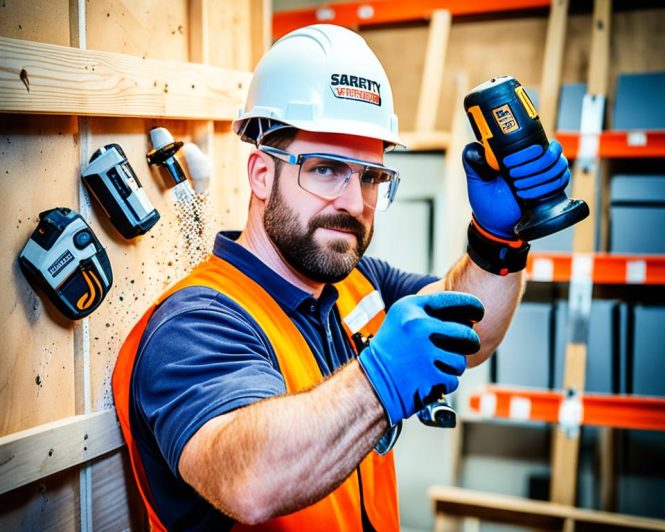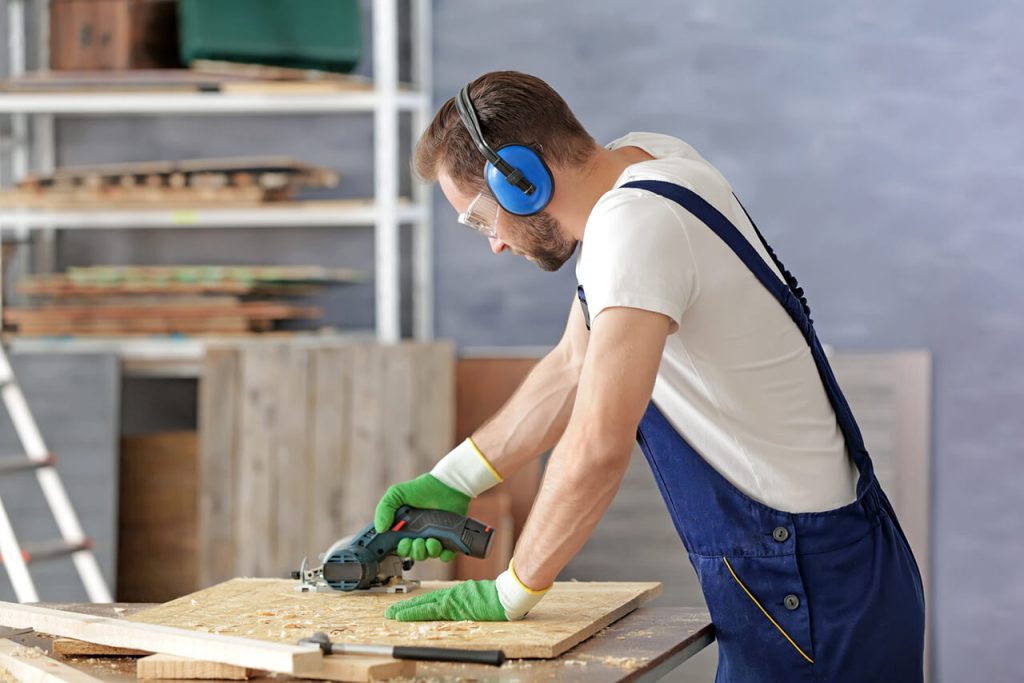

Safety Tips for DIY Carpentry Projects is crucial for anyone tackling home improvement projects. Imagine transforming your house into a dream home but encountering setbacks because of preventable safety issues. This article outlines essential safety tips for DIY carpentry projects at home, ensuring both a safe and successful outcome. We’ll discuss the importance of preparation, proper tools, and techniques, and highlight common mistakes to avoid. This guide will help you understand the potential hazards, offer practical solutions, and empower you to execute your projects safely and effectively. This article will cover essential safety precautions, common mistakes, and planning tips to safeguard your home improvement journey.
Planning and Preparation: The Foundation of Safe DIY Carpentry Projects
Assessing Project Complexity
Before starting any DIY carpentry project, a thorough assessment is crucial to understanding the project scope and complexity. Consider the difficulty of the task, its impact on the structure of your home, and the necessary materials and tools. For instance, installing a new cabinet will be different from constructing an entire deck, requiring various safety considerations and different tools. Understanding the scope will influence your safety planning and help determine if you require help or additional safety equipment. Also, research similar projects to get a better idea of potential challenges and precautions. Failing to assess project complexity can lead to miscalculations in materials, time, and even safety issues. A thorough pre-project risk assessment will allow you to prioritize safety aspects during the project and to determine if you possess the necessary skills and knowledge.
Tool Safety and Proper Usage: Preventing Accidents
Selecting Appropriate Tools and Materials
Choosing the right tools and materials is essential for safe and efficient DIY carpentry. Ensure you have the necessary tools for the specific tasks, such as saws, drills, hammers, and measuring tools. Sharp knives and saws require particular care. Damaged or faulty tools can cause accidents and injuries. Always prioritize quality and safety by checking the tools for any defects. Do not compromise on safety for the sake of cost; prioritize quality to avoid potential accidents. Using appropriate safety glasses and gloves can protect your eyes and hands from potential hazards. Additionally, carefully consider the required safety gear for different tools, especially for power tools, to prevent significant injuries. Using high-quality materials that meet your specifications is vital for durability and safety.
Work Area Safety: Creating a Secure Environment
Maintaining a Clean and Organized Workspace
A well-organized workspace is critical for preventing accidents. Keep your workspace free from clutter and obstacles, ensuring clear pathways and enough space to maneuver safely. A clean and organized workspace reduces the risk of tripping or falling, which can cause severe injuries. For example, ensure adequate lighting in the workspace to prevent eye strain and potential accidents, especially when working with small details or in confined spaces. Proper ventilation is crucial when using power tools that produce dust or fumes. For example, when working with wood, ensure adequate ventilation to prevent respiratory problems. By maintaining a secure and safe work environment, you will avoid several potential hazards and promote efficiency.
Safety Practices During Carpentry Tasks: Minimizing Risks
Following Proper Techniques
Proper techniques and procedures are critical for safe DIY projects. Always read the instructions provided with your tools and follow the procedures for safe usage. For instance, when using power saws, ensure the work area is clear of obstructions and secure the workpiece firmly to prevent accidents. When hammering, wear safety glasses to protect your eyes from flying debris and use appropriate gloves to protect your hands. Using proper lifting techniques, such as bending your knees and keeping your back straight, prevents potential back injuries. When working with sharp tools, prioritize caution and secure the workpiece firmly. Always prioritize accuracy and precision in every step to prevent errors and potential hazards.
Emergency Preparedness and First Aid: Reacting to Unexpected Situations
Preparing for Emergencies
Emergency preparedness is essential in carpentry projects. Knowing what to do in case of an accident is crucial. Have a first aid kit readily available and understand how to use it. Familiarise yourself with the location of the nearest first aid centre or hospital. Ensure you have a communication plan for emergencies. Also, if working alone, have someone aware of your location and the nature of the project. By implementing these measures, you significantly reduce the risks of serious consequences during the project. Contact emergency services immediately in case of a serious injury or fire.
Frequently Asked Questions:
Q1: What are the most common safety hazards during DIY carpentry projects at home?
Answer: Common hazards include sharp tools, falling objects, power tool accidents, poor workspace setup, and inadequate safety gear. These can cause cuts, bruises, fractures, eye injuries, and other serious harm, and these hazards can be mitigated significantly by following the guidelines in this article.
Q2: How can I ensure that my DIY carpentry projects are executed safely?
Answer: To ensure your DIY projects are completed safely, start with meticulous planning, using the right tools correctly and safely, maintaining a well-organized workspace, and following proper techniques for each task. Emergency preparedness is also crucial; make sure you have a first aid kit and a plan in case something goes wrong. By taking these precautions, you can avoid potential injuries and ensure successful home improvements.
In conclusion, prioritizing safety in DIY carpentry projects is paramount to prevent injuries and property damage. By following these safety tips, you can transform your home improvement endeavors into successful and safe projects. Remember to always assess the project’s complexity, obtain necessary tools and materials, and seek help if needed. By taking these steps, you’ll maximize your chances of enjoying a rewarding and safe DIY experience. Ready to tackle your next home improvement project with confidence? Start by assessing your needs and planning the project meticulously.